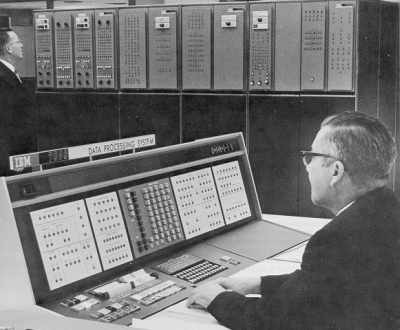Early Operating System Security

|
Very early operating systems,
on one-user-at-a-time computer systems,
assisted the user to load their programs and commence their execution.
There was little to protect and,
if an errant program modified the executive program,
then only the current user was affected.
As more of a courtesy,
the executive might clear memory segments and check itself before accepting
the next program.
As multi-tasking operating systems emerged,
accountability of resource use became necessary,
and operating system monitors oversaw the execution of programs.
As with modern operating systems, there was the need to:
- protect the operating system from the program,
- protect programs from themselves,
- protect programs from each other, and
- constrain data access to the correct program(s).
|
Until system resources became more plentiful (and cheaper) attempts were
made to maximize resource sharing -
security was a consequent, not an initial, goal.
|
e.g. process scheduling policies were dominated by
already running processes requesting
resources (such as libraries and tapes) that were already in use.
|
At this level, computer security is more concerned with reliability and
correctness, than about deliberate attacks on programs, data, and the
system.
CITS2002 Systems Programming, Lecture 3, p13, 29th July 2024.
|


 CITS2002
CITS2002 CITS2002 schedule
CITS2002 schedule